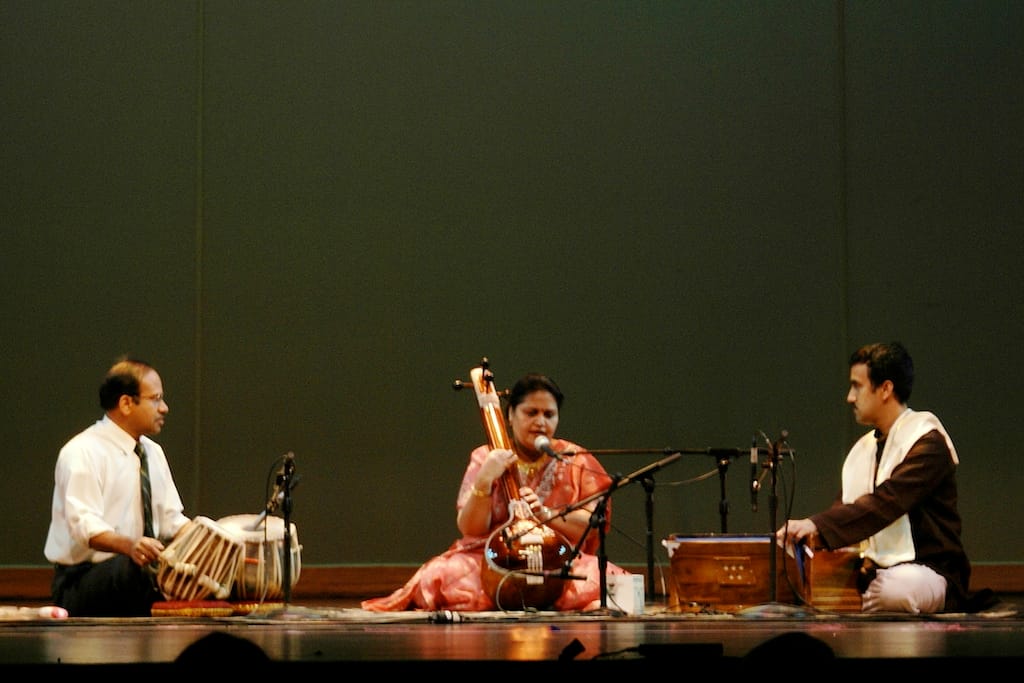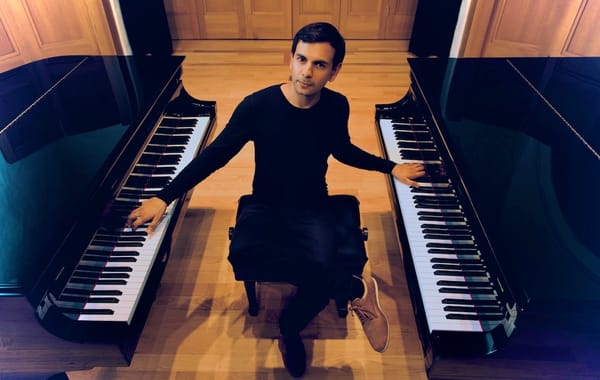Geet and Ghazal: Comparing the Romantic Expressions of Indian Classical and Ghazal Music
Explore the poetic and musical expressions of love in Indian classical geet and ghazal traditions. Discover how each genre uses melody and lyrics to convey deep emotions, offering unique yet interconnected romantic narratives.

Indian music, with its rich fabric of traditions, offers a profound exploration of human emotions, particularly love and romance. Two prominent genres that stand out in this regard are the geet in Indian classical music and the ghazal. Both forms, though distinct in their origins and structures, share a common thread in their ability to convey the nuances of love through poetic lyrics and evocative melodies. This article delves into the romantic expressions of geet and ghazal, comparing how each genre uses its unique musical and poetic elements to articulate the complexities of love.
The Essence of Geet in Indian Classical Music
Geet, often referred to as 'song' in English, is a form of lyrical composition within the broader framework of Indian classical music. Unlike the more rigid structures of raga and tala, geet offers a relatively freer form of expression, making it accessible to a wider audience. The primary focus of geet is on the lyrics, which are usually written in vernacular languages such as Hindi, Bengali, or Marathi, and are often imbued with romantic themes.
The romantic expressions in geet are deeply rooted in the Indian cultural ethos, drawing inspiration from classical literature, folklore, and mythology. The lyrics often depict the various stages of love—from the initial attraction and longing to the eventual union or separation. The melodies in geet are designed to complement the emotional depth of the lyrics, using ragas that evoke specific moods and feelings.
For instance, the raga Yaman, known for its serene and romantic qualities, is frequently employed in geet compositions to convey a sense of longing and devotion. The interplay between the melody and the lyrics creates a holistic experience, where the listener is not just hearing a song but is transported into the emotional landscape of the narrative.
The Poetic World of Ghazal
The ghazal, on the other hand, has its origins in Arabic poetry but was later adopted and adapted by Persian and Urdu poets. It found a fertile ground in the Indian subcontinent, where it evolved into a distinct musical genre. The ghazal is characterised by its intricate poetic form, consisting of couplets (sher) that are thematically independent yet unified by a common metre and rhyme scheme.
Romantic themes are central to the ghazal, with poets often exploring the pain of unrequited love, the ecstasy of union, and the agony of separation. The ghazal's poetic structure allows for a nuanced exploration of these themes, with each couplet offering a complete thought or emotion. This brevity and intensity make the ghazal a powerful medium for expressing the complexities of love.
The musical rendition of ghazals adds another layer of emotional depth. The melodies are usually based on light classical ragas, which provide a delicate and intimate backdrop to the poetry. The use of instruments like the harmonium, tabla, and sarangi enhances the emotive quality of the ghazal, creating a poignant and immersive experience for the listener.
Comparing Romantic Expressions
While both geet and ghazal share a common focus on romantic themes, their approaches to expressing these emotions differ significantly. The geet, with its emphasis on narrative and storytelling, often presents a more linear and detailed account of romantic experiences. The lyrics are descriptive, painting vivid pictures of love's various facets. The melodies in geet are designed to support this narrative, with each phrase of the song contributing to the overall story.
In contrast, the ghazal's strength lies in its brevity and intensity. Each couplet is a self-contained expression of emotion, often leaving much to the listener's imagination. The ghazal's poetic form allows for a more abstract and metaphorical exploration of love, where the emotions are suggested rather than explicitly stated. This subtlety and ambiguity make the ghazal a deeply personal and introspective experience.
The musical settings of geet and ghazal also reflect their differing approaches to romantic expression. Geet melodies are often more elaborate and varied, reflecting the narrative complexity of the lyrics. The use of ragas in geet is more flexible, allowing for a wider range of emotional expressions. Ghazal melodies, on the other hand, are more restrained and focused, with a greater emphasis on the interplay between the poetry and the music. The ragas used in ghazals are typically lighter and more intimate, creating a sense of closeness and immediacy.
Emotional Depth and Cultural Context
The emotional depth of both geet and ghazal is deeply rooted in their cultural contexts. Geet draws heavily from Indian classical literature and folklore, where love is often depicted as a divine and transformative force. The romantic narratives in geet are imbued with a sense of spirituality and devotion, reflecting the Indian philosophical concept of love as a path to self-realisation.
Ghazal, with its Persian and Urdu influences, brings a different cultural perspective to the expression of love. The ghazal's romantic themes are often tinged with a sense of melancholy and existential reflection, reflecting the Sufi influence on the genre. The idea of love as a form of spiritual longing is a recurring theme in ghazal poetry, where the beloved is often seen as a metaphor for the divine.
Conclusion
Both geet and ghazal offer rich and varied expressions of love and romance, each with its unique poetic and musical characteristics. Geet, with its narrative depth and melodic richness, provides a detailed and immersive exploration of romantic experiences. Ghazal, with its poetic brevity and emotional intensity, offers a more abstract and introspective take on love. Together, these two genres represent the diverse and multifaceted nature of romantic expression in Indian music, each contributing to the rich fabric of emotions that define the human experience of love.





